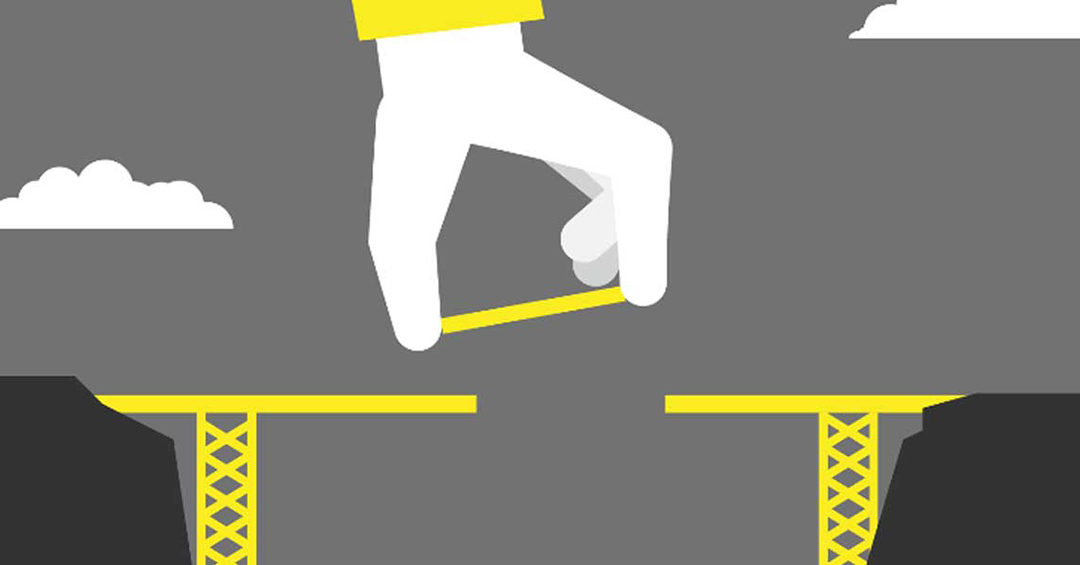Special Educator at Mental Health Foundation, Shaneel Mukherji, speaks from her experiences on how she forms a bridge between human minds and involves the extended family on any therapeutic journey to help her patients get maximum benefit from a therapy session.
At the end of Session 1 with Family S, I told the parents I would call to fix up their next appointment. Both parents and their son aged 11 years, were present throughout our first meeting. I wanted to let the parents know privately about the support they would require separately, which couldn’t be discussed with their son around. When I called to share this information, the father said: “You could have told use everything at the first session. The exams are starting in a week and I need to get him better.” This is not the first time I needed to get into the details of how I work with a parent. Many mental health professionals hear similar things on Day 1 from families they will work with.
The usual verbal discourse goes as follows:-
“Tell Ma’am about all your difficulties.”
“She is refusing to go to school for the past 3 months and has to take her exams next week.”
“If you speak to him he’ll listen.”
Unfortunately, we are not the sole keepers of the magic formulas to wish these concerns away. Mostly, patients get immediate solution for medical problems at the doctor’s chamber. The extended family also need not play an active part in treatment. But non-medical interventions like ours, typically require more time and regular follow-up to bring about change.
Building a relationship bridge
Therapists usually take steps to ensure a positive relationship, based on a degree of comfort and trust between all family members and themselves. The phrase ‘family member’ implies everyone — including the individual for whom help is being sought. How a therapist would go about building this relationship may vary. Even the time required, varies significantly from family to family.For very young children this may mean allowing them time to familiarize themselves with the place and the therapist in an unobtrusive way, preferably through interesting things.
For older children and young adults, we try to create a space, where among other things, they are given choices. For example, they have as much time to share their views as adults, or they may just listen if they don’t wish to share. For every individual who will gladly sit outside to allow their family to confer with the therapist, there are numerous others who will wish to be present throughout.
Increasing Capabilities Collaboratively
Any plan towards some solution needs to be created through collaboration. Most therapists ensure all family members are involved, and play their part, in the therapeutic process. Encouraging and allowing a degree of control, dependence on oneself and one’s skills, are often key to progress. When knowledge and capabilities get better, everyone benefits from the outcome.If other family members are given the chance to observe and learn how a therapist interacts (addresses concerns, broaches a difficult topic, rewords a complaint, etc), there is a greater chance the family will be able to deal with situations in real time and over time. This is often done in separate, private sessions.
Foundation of Support Strategies vs Dealing with Crisis
Many a time, therapists work under conditions, where there are present (or past) concerns, but no immediate crisis. Therapeutic processes, if established at this time and continued consistently, are easiest on everyone collectively. It is harder, in terms of degree of involvement, time it takes, clarity of thought or emotional stability,such as, to establish these processes in times of crisis.This is often possible to do when dealing with a range of mental health, learning and developmental issues.
Clarifying Terminology
Which kind of therapy one provides, what that covers, how much of each is required, does time need to be set aside for it or not, etc. are common questionsthat mental health professionals are asked. Clearing these doubts as soon as possible helps the process on smoothly. Some therapists will provide families with a brief explanation of how they will support them at the outset. Counselling is as much about participation in discussion, feedback and evaluation, as it is listening. Special Education is not just about academic learning. For certain diagnoses, it can also include strategies to develop self-help, communication, social, play and motor skills, among others.






















